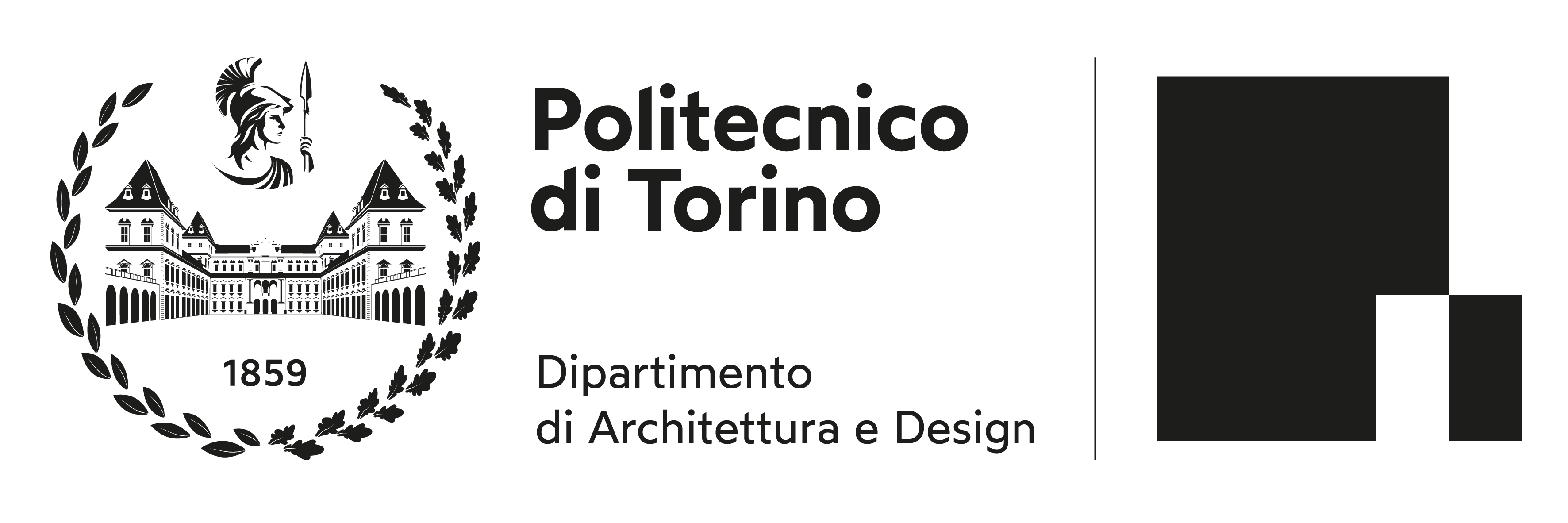Alcuni prototipi abitativi elaborati tra gli anni Venti e gli anni Sessanta del Novecento sono stati fondamentali nel mettere a punto un’idea moderna dell’abitare in montagna e la loro influenza si riverbera fino a oggi. In generale si può affermare che, insieme ad altri temi come gli sporthotel o i sanatori e le colonie, la casa in montagna costituisce uno dei terreni privilegiati per le sperimentazioni della nuova architettura moderna, le quali, nella dialettica con lo spazio alpino, assumono declinazioni al contempo molteplici e specifiche. Come ha scritto lo storico dell’architettura Fulvio Irace, il progetto della casa montana permette innanzitutto l’esaltazione di quella «ricerca sull’oggetto isolato nel paesaggio che costituì momento rilevante dell’intero razionalismo europeo». Già solamente intorno a questo nodo – l’incontro tra le forme geometriche dell’architettura e la morfologia organica e transcalare dell’ambiente alpino – prendono corpo una serie di ipotesi e concettualizzazioni che mostrano la ricchezza e lo spessore delle sperimentazioni.
Ma oltre al tema della dialettica tra oggetto architettonico e paesaggio alpino e tra interno ed esterno, sono molti i terreni attraversati dalla ricerca progettuale sulla casa montana dai moderni: la costruzione, le tecniche, la sperimentazione dei nuovi materiali, i cantieri in condizioni talvolta difficili. Pensiamo inoltre al rapporto con la storia, con le tipologie e le figurazioni tradizionali, o ancora con le tecnologie ed i materiali locali, così come all’introduzione
di nuove modalità di abitare e consumare la montagna. L’obiettivo di questo numero è indagare le forme con cui l’architettura del Novecento prova a reinventare il suo rapporto con i diversi aspetti della montagna, dal paesaggio alpino alle tradizioni locali, dalla natura alle tecniche, dalle nuove forme di turismo ai modelli culturali e sociali.
I saggi contenuti nel volume illustrano alcune architetture conosciute e altre meno conosciute ma comunque fortemente emblematiche del periodo studiato, ricostruendone la contestualizzazione storico-sociale in rapporto al periodo, al costume e alla cultura dell’epoca, il ruolo della committenza, gli immaginari ed i riferimenti culturali dei progettisti. Accanto a queste letture viene inoltre messo l’accento sugli specifici dispositivi progettuali sviluppati, evidenziando per ogni edificio il rapporto tra interno ed esterno, la relazione con il paesaggio, la tettonica, l’assetto distributivo e l’articolazione degli spazi, la morfologia degli involucri e delle coperture, le tecniche costruttive, i materiali, e mettendo in relazione questi aspetti con le ragioni culturali sottese. Gli esempi studiati danno conto della profondità di questo patrimonio di sperimentazioni e di modelli che – attraverso sedimentazioni e stratificazioni – costituisce uno straordinario bacino di segni, linguaggi, atteggiamenti e approcci, che è ancora oggi un riferimento fondamentale per il progetto contemporaneo nel contesto alpino.
—
Some housing prototypes developed between the 1920s and 1960s have been fundamental in developing a modern idea of living in the mountains; their influence reverberates until today. Along with other topics such as sport hotels, sanatoriums or colonies, we can say that, in general, mountain houses represent one of the privileged grounds
for experimenting with new modern architecture. Experimentations which, in dialectic with the Alpine space, take on multiple and specific declinations. As the architectural historian Fulvio Irace wrote, first of all the project of the
mountain house allows the exaltation of that «research on the isolated object in the landscape that represented an important moment of the whole European rationalism». A series of hypotheses and conceptualizations take shape even just around this one point – the encounter between the geometric forms of architecture and the organic and transcalar morphology of the Alpine environment – showing the richness and depth of these experimentations. However, in addition to the dialectic between architectural object and Alpine landscape and between the inside and outside, the moderns have crossed many lands within the design research on the mountain house: construction, techniques, experimentation with new materials, construction sites in sometimes difficult conditions. We can also mention the connection with history, with traditional typologies and representations, or yet with local technologies and materials, as well as with the introduction of new ways of living and consuming in the mountains. The aim of this issue is to investigate the multiple forms whereby 20th century architecture tries to reinvent its relationship with the different aspects of the mountain: from the alpine landscape to local traditions, from nature to techniques, from new forms of tourism to cultural and social models. The essays in this volume show both well-known and less famous architectures;
however, all of them are strongly emblematic of these years, as they piece together the historical and social context with the time, habits and culture, the role of the client and imaginaries and the cultural references of the designers.
Beside these interpretations, a strong emphasis is also put on the specific design devices developed in this period, highlighting, for every single building, the inside-outside connection, the relationship with landscape, tectonic,
shaping of the space and distribution structure , morphology of envelopes and rooftops, building techniques, materials, and relating all these aspects together with the underlying cultural arguments. The instances analyzed in «ArchAlp» n. 3, show how deeply-rooted is this heritage of experimentations and models which – through a series of layers and
stratifications – constitutes an extraordinary collection of signs, languages, attitudes and approaches that are still considered to be fundamental references for the contemporary project in the Alpine context.







